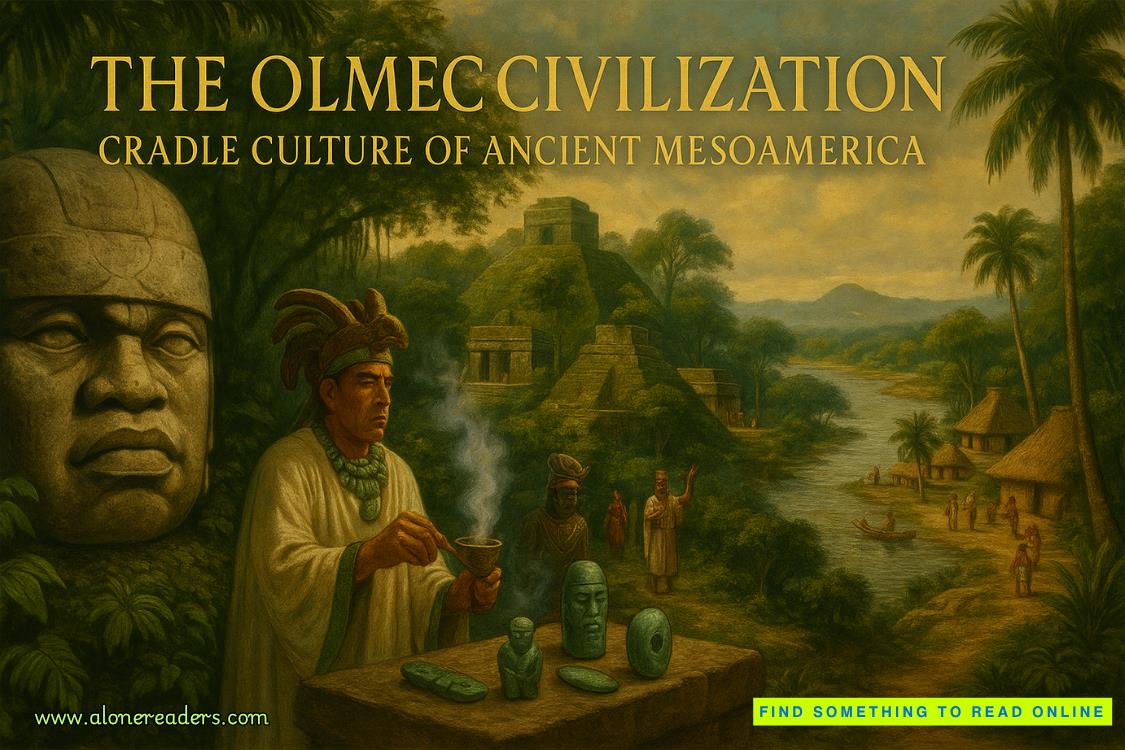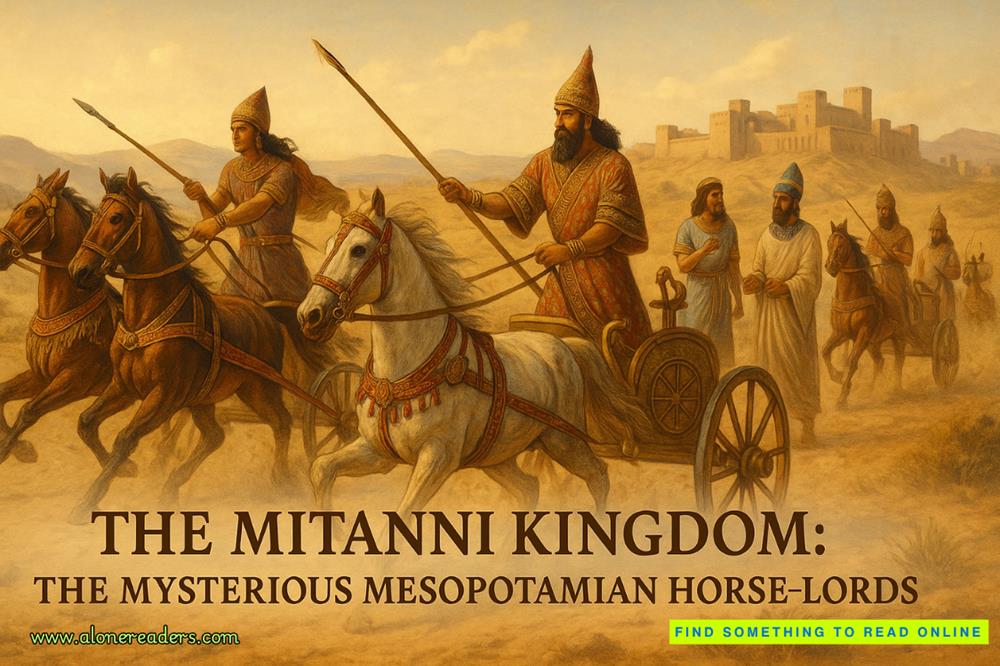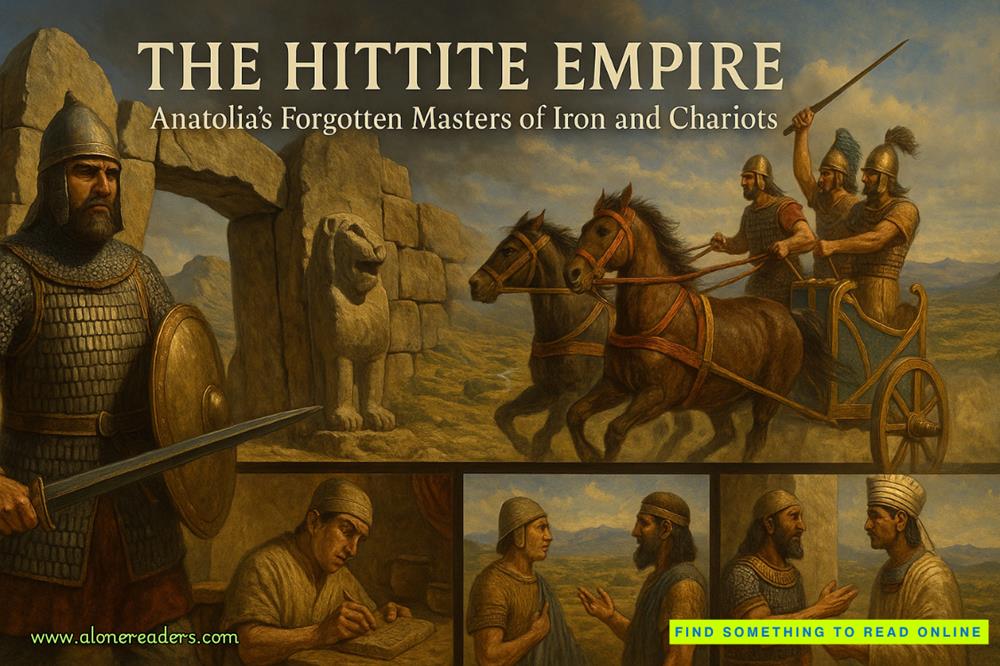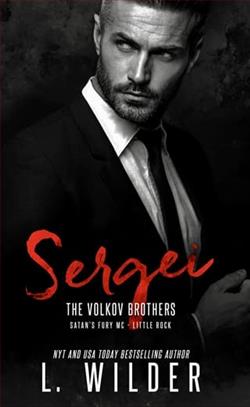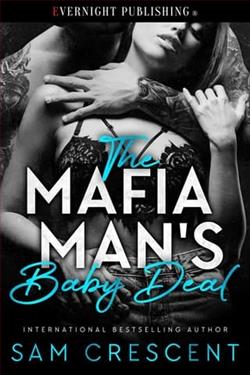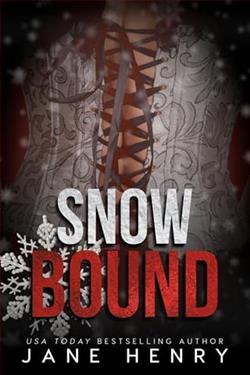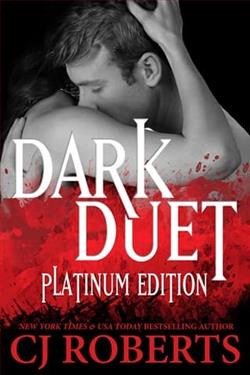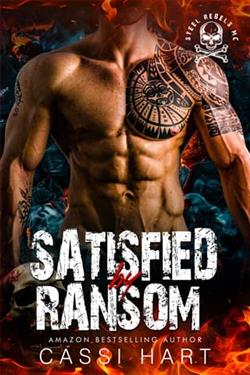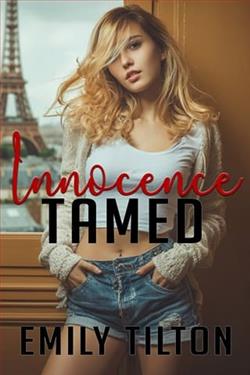Page 30 of Black Coffee (Hercule Poirot 7)
The New York Times: ‘A swift course of unflagging suspense leads to complete surprise.’
23. Evil Under the Sun (1941)
‘There was that about her which made every other woman on the beach seem faded and insignificant. And with equal inevitability, the eye of every male present was drawn and riveted on her.’
Including Hercule Poirot’s. She is Arlena Stuart, the famous actress, enjoying — like the famous detective — a summer holiday on Smugglers’ Island, and she will become a common enough sight, sunbathing on the hot sands. Then one azure morning her beautiful bronzed body is discovered in an isolated cove, in the shade. She is dead, strangled. And Poirot, as luckless as ever when he attempts some down-time, will learn in the course of his investigation that nearly all the guests of this exclusive resort have some connection to Arlena. But who had the capacity and the motive to kill her?
Of note: The producers of Murder on the Orient Express and Death on the Nile released a film version of Evil Under the Sun in 1982; again, as in Nile, they cast Peter Ustinov as Poirot.
Daily Telegraph: ‘Christie has never written anything better than Evil Under the Sun, which is detective story writing at its best.’
Times Literary Supplement: ‘Christie springs her secret like a land mine.’
Sunday Times: ‘Vivacious and entertaining.’
24. Five Little Pigs (1943)
A staggering bestseller upon its publication — running through 20,000 copies of its first edition — Five Little Pigs (published in the U.S. as Murder in Retrospect) concerns a murder committed sixteen years earlier. Carla Crale prevails upon Hercule Poirot to investigate the crime that sent her mother, Caroline, to prison for life (where she died). Caroline had been found guilty of poisoning her estranged husband, Carla’s father, Amyas Crale, the famous artist. Poirot’s investigation centers upon five suspects, still living, whom he convinces to speak to him and to record their own memories of the long-ago incident.
Brilliantly intersplicing the past and the present, memory and reality, the search for truth and ongoing attempts to thwart it, Five Little Pigs has no antecedent. Almost a decade before Akira Kurosawa’s famous film introduced the term “Rashomon effect” into the vernacular, Agatha Christie invited her readers to view a crime from multiple perspectives and to consider the vagaries of such an exercise. Fortunately, however, the great Belgian detective does not deal in vagaries — Hercule Poirot is in the business of precision, and he will reveal the identity of the true killer.
Observer: ‘Mrs Christie as usual puts a ring through the reader’s nose and leads him to one of her smashing last-minute showdowns.’
Times Literary Supplement: ‘The answer to the riddle is brilliant.’
25. The Hollow (1946)
A murder tableau staged for Poirot’s ‘amusement’ goes horribly wrong at The Hollow, the estate of Lady Lucy Angkatell, who has invited the great detective as her guest of honour. Dr John Christow was to have been ‘shot’ by his wife, Gerda, to ‘expire’ in a pool of blood-red paint. But when the shot is fired, it is deadly, and Dr. Christow’s last gasp is of a name other than his wife’s: ‘Henrietta.’ What was to have been a pleasant country weekend becomes instead one of Poirot’s most baffling cases, with the revelation of a complex web of romantic attachments among the denizens of The Hollow.
Of note: The phenomenon of The Mousetrap tends to distract from Agatha Christie’s other stage successes. An adaptation of The Hollow was one such triumph, premiering in Cambridge in 1951 and subsequently playing for over a year in the West End. Poirot, however, is not a character in the stage version — the diminutive Belgian with the oversized personality was replaced by a perfectly neutral Scotland Yard inspector. In her Autobiography, Mrs Christie notes that she wishes she had made a similar swap in the novel — so rich are the characters in The Hollow — but Poirot fans then (The Hollow was a tremendous bestseller) and today would have it no other way.
San Francisco Chronicle (of the novel): ‘A grade-A plot — the best Christie in years.’
26. The Labours of Hercules (1967)
Dr Burton, Fellow of All Souls, sipping Poirot’s Chateau Mouton Rothschild, offers up a rather unkind remark about his host that sets in motion Hercule Poirot’s obsessive, self-imposed contest against his classical namesake: Poirot will accept twelve labours — twelve fiendishly complex cases — and then, at long last, genuinely unshoulder the burdens of the hero: he will retire, and leave the ridding of society’s monsters, the sweeping of its criminal stables, to others. The cases that Poirot engages are every bit as taxing of his mighty brain as were the famous labours imposed by Eurystheus, King of Tiryns, on the Greek demi-god’s brawn, and they make for one of the most fascinating books in the Christie canon. (Poirot solves them all but, of course, retirement remains as elusive as ever.)
Sunday Express: ‘Twelve little masterpieces of detection. Poirot and Agatha Christie at their inimitable best.’
Margery Allingham: ‘I have often thought that Mrs Christie was not so much the best as the only living writer of the true classic detective story.’
San Francisco Chronicle: ‘A finely shaped book, richly devious and quite brilliant.’
27. Taken at the Flood (1948)
A few weeks after marrying an attractive young widow, Rosaleen Underhay, Gordon Cloade dies in the Blitz — leaving Rosaleen in sole possession of the Cloade family fortune. ‘Ill will’ is in the air, generally, with the close of the war, and it positively contaminates the Cloade household. Now that contamination threatens Poirot — in the form of a visit from the dead man’s sister-in-law. ‘Guided’ to Poirot ‘by those beyond the veil,’ she insists that Rosaleen is not a widow at all.Though he is no subscriber to the supernatural, Poirot has indeed heard of the somewhat notorious Rosaleen, and he is drawn, seemingly inevitably, to the case when he reads of the death of one Enoch Arden — who had appeared mysteriously in the village of Warmsley Vale, not far from the Cloade family seat. Poirot must investigate — but does he go to Warmsley Vale to bring Rosaleen to justice, or to spare her being dispatched prematurely to ‘the other side’?
Of note: Taken at the Flood marks the debut of Superintendent Spence, a Poirot sidekick who will feature in three more Poirot novels.
Elizabeth Bowen, The Tatler: ‘One of the best … Her gift for blending the cosy with the macabre has seldom been more in evidence than it is here.’
Manchester Evening News: ‘Told briskly, vivaciously, and with ever-fertile imagination.’
New York Herald Tribune: ‘Don’t miss it.’
28. Mrs McGinty’s Dead (1952)
‘Mrs McGinty’s dead!’ / ‘How did she die?’ / ‘Down on one knee, just like I!’ So goes the old children’s rhyme. A crushing blow to the back of the head kills a real-life Mrs McGinty in her cottage in the village of Broadhinny — Superintendent Spence’s jurisdiction. Then the killer tore up the floorboards in search of …what? Justice presumes a pittance of cash; and justice has condemned James Bentley, her loathsome lodger, to hang for the crime. But Superintendent Spence is not satisfied with the verdict, and appeals to Poirot to investigate — and save the life of the wretch Bentley.
Of note: Crime novelist Ariadne Oliver, of Cards on the Table, returns to help Poirot and Spence solve the crime.
Sunday Times: ‘So simple, so economical, so completely baffling. Each clue scrupulously given, with superb sleight of hand.’
San Francisco Chronicle: ‘The plot is perfect and the characters are wonderful.’
The New York Times: ‘The best Poirot since ... Cards on the Table.’
29. After the Funeral (1953)
Mrs Cora Lansquenet admits to ‘always saying the wrong thing’ — but this last remark has gotten her a hatchet in the head. ‘He was murdered, wasn’t he?’ she had said after the funeral of her brother, Richard Abernethie, in the presence of the family solicitor, Mr Entwhistle, and the assembled Abernethies, who are anxious to know how Richard’s sizable fortun
e will be distributed. Entwhistle, desperate not to lose any more clients to murder, turns to Hercule Poirot for help. A killer complicates an already very complicated family — classic Christie; pure Poirot.
Liverpool Post: ‘Keeps us guessing — and guessing wrongly — to the very last page.’
30. Hickory Dickory Dock (1955)
An outbreak of kleptomania at a student hostel is not normally the sort of crime that arouses Hercule Poirot’s interest. But when it affects the work of his secretary, Miss Lemon, whose sister works at the hostel, he agrees to look into the matter. The matter becomes a bona fide mystery when Poirot peruses the bizarre list of stolen and vandalized items — including a stethoscope, some old flannel trousers, a box of chocolates, a slashed rucksack, and a diamond ring found in a bowl of a soup. ‘A unique and beautiful problem,’ the great detective declares. Unfortunately, this ‘beautiful problem’ is not just one of thievery and mischief — for there is a killer on the loose.




